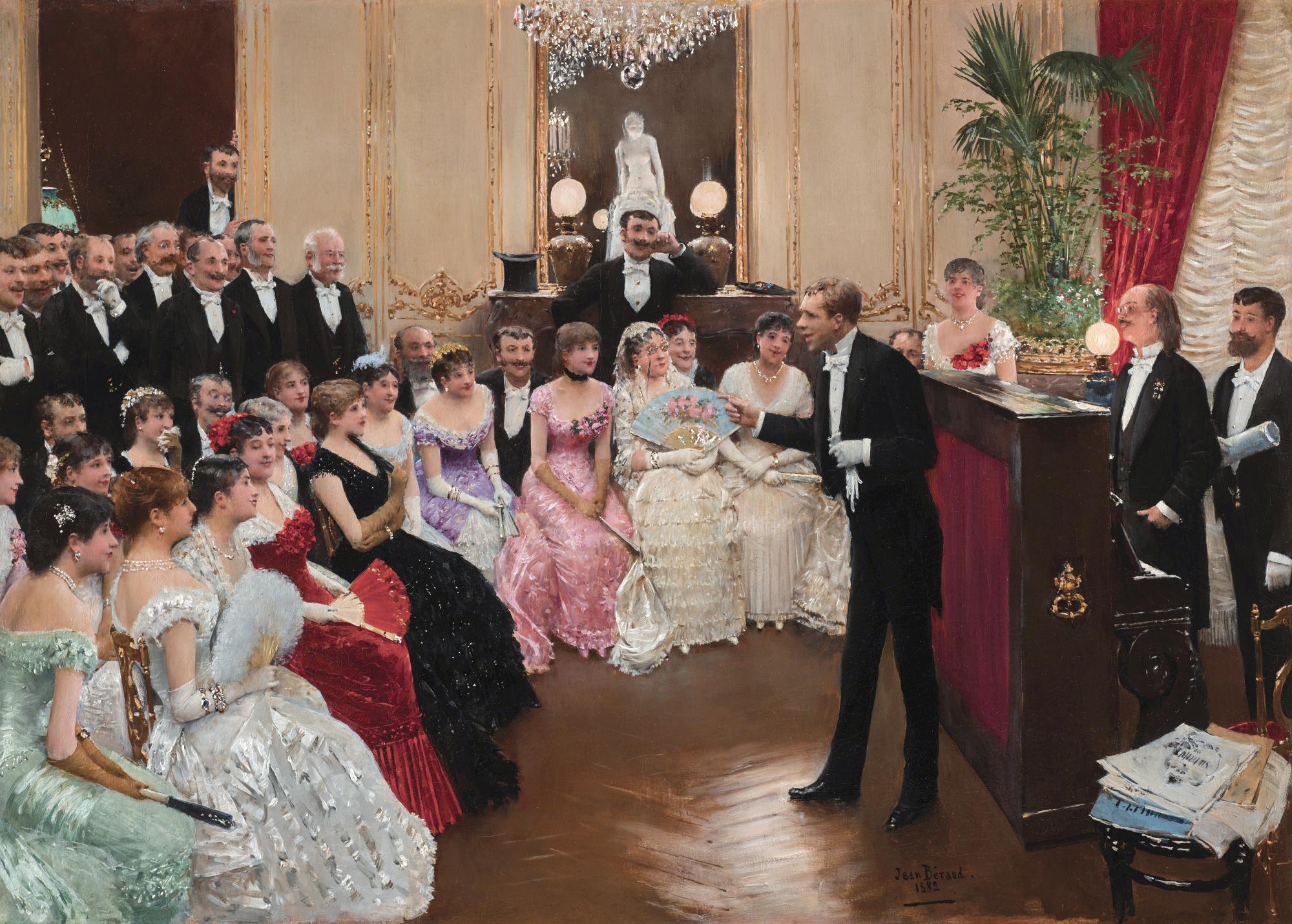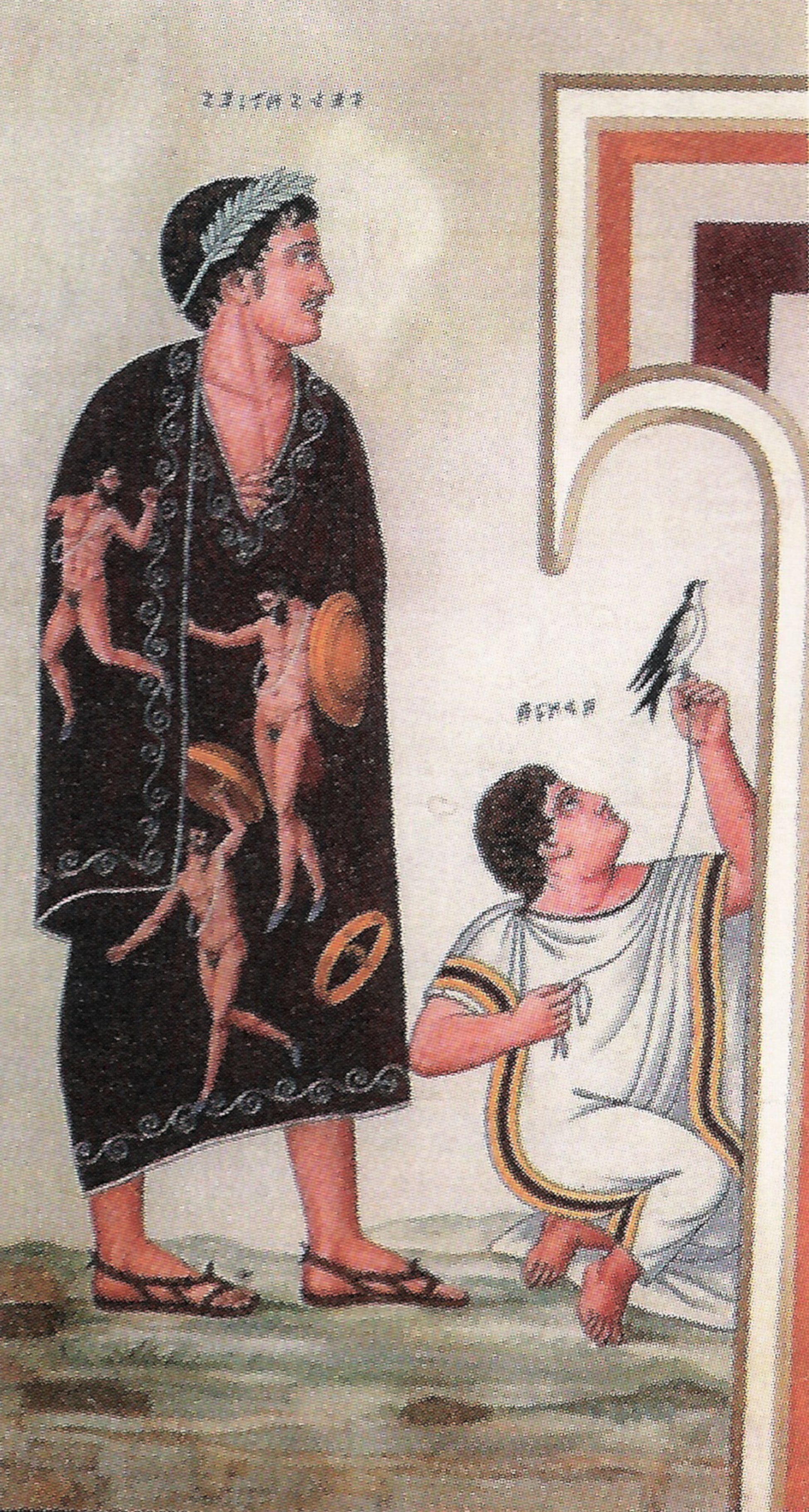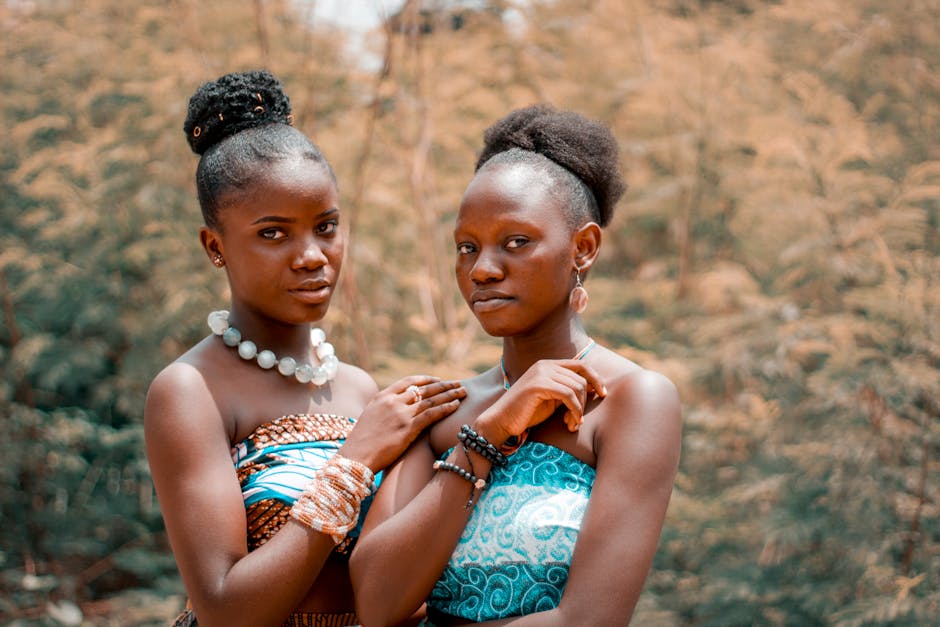
Do you ever look at a logo and wonder why someone thought a swoosh or a random symbol was the perfect representation of a company? Well, get ready to dive into the world of logo design and uncover the hidden cultural insights that shape these seemingly random choices. From ancient symbols to modern trends, we’ll explore how history and meaning come together to create the eye-catching logos we see every day. So buckle up, folks, it’s gonna be a wild ride through the world of logo design!
Understanding Cultural Significance
So, you want to dive into the wonderful world of cultural significance, huh? Well buckle up, because it’s going to be a wild ride!
First things first, let’s talk about the importance of cultural significance. It’s like the secret sauce that makes a society extra flavorful. Without it, we’d all be as bland as unseasoned chicken. Why settle for mediocrity when you can have a smorgasbord of cultural deliciousness?
Now, let’s break down some key components of cultural significance:
- Traditions: These are like the quirky aunt who always brings the best stories to family gatherings.
- Language: It’s like a secret code that only cool kids can crack. Don’t be a square, learn a new language!
- Celebrations: Who doesn’t love a good party? Cultural celebrations are like the ultimate fiesta, complete with music, dancing, and lots of food!
So, next time you find yourself wondering about the cultural significance of something, just remember that it’s like adding sprinkles to your ice cream – it makes everything a little bit sweeter and a whole lot more fun!

Incorporating Traditional Symbols
When looking to incorporate traditional symbols into your designs, it’s important to remember that each symbol holds its own unique meaning and significance. Here are a few tips to help you seamlessly blend these symbols into your work:
- Research the symbolism: Before using a traditional symbol, it’s essential to understand its historical significance and cultural context. You don’t want to unknowingly offend anyone by misusing a symbol.
- Choose symbols that resonate with you: When selecting traditional symbols to incorporate into your designs, pick ones that hold personal meaning to you. This will not only add authenticity to your work but also showcase your individuality.
Remember, into your designs doesn’t have to be complicated. By doing your research, selecting meaningful symbols, and integrating them thoughtfully, you can create visually stunning and culturally rich designs that resonate with your audience.
Utilizing Color Psychology
Ever wonder why certain colors make you feel a certain way? Well, that’s where color psychology comes in! By understanding the emotional and psychological impact of different colors, you can strategically use them to evoke certain feelings or reactions in your audience.
For example, did you know that blue is associated with trust and security? That’s why many banks and financial institutions use it in their branding. On the other hand, red is often used to convey power and passion. It’s no wonder why so many fast-food chains use it in their logos!
When it comes to marketing and design, color psychology can be a powerful tool. Here are a few ways you can harness the power of color to your advantage:
- Use green to symbolize nature and harmony in your branding.
- Opt for purple to represent luxury and sophistication in your designs.
- Consider using yellow for a cheerful and optimistic vibe in your marketing materials.
So the next time you’re choosing colors for your website, logo, or promotional materials, think about the message you want to convey and choose your hues wisely. Who knew that a simple splash of color could have such a big impact?

Exploring Historical References
Ever wonder what ancient civilizations were up to before Netflix and TikTok came along? Let’s dive into some historical references that will make you thankful for modern-day technology (and indoor plumbing).
From the pyramids of Egypt to the Great Wall of China, our ancestors sure knew how to build some impressive structures without the help of power tools or Google Maps. Just think about all the blood, sweat, and tears that went into hauling those massive stones around. And we complain about having to carry groceries up a flight of stairs!
Did you know that the people of ancient Rome used to brush their teeth with urine? Talk about a golden opportunity for dental hygiene! Thankfully, we’ve come a long way since then, with minty-fresh toothpaste and electric toothbrushes to keep our pearly whites in top shape.
And don’t even get me started on fashion trends throughout history. From powdered wigs to codpieces, our ancestors certainly had some interesting ideas about what was stylish. Thank goodness we have the freedom to rock our own unique looks today without having to worry about being sent to the stocks for committing a fashion faux pas!

Respecting Cultural Appropriation
So you want to talk about , huh? Well, buckle up, because it’s about to get real. Here’s the thing - cultural appropriation is like borrowing your friend’s car without asking. Sure, it might seem like no big deal at first, but it can definitely lead to some sticky situations down the road.
But fear not, my friends! With a little bit of awareness and some good ol’ fashioned common sense, we can all do our part to show some love and respect for cultures that are not our own. So let’s break it down, shall we?
First things first, let’s talk about the dos and don’ts of cultural appropriation. Here’s a handy little list to help keep you on the right track:
- Do: Appreciate and celebrate other cultures with an open mind and heart.
- Do: Support and uplift marginalized communities whenever possible.
- Don’t: Wear sacred religious symbols as fashion statements.
- Don’t: Use cultural elements for profit without giving credit where credit is due.
Remember, folks – it’s all about respect and understanding. So let’s do our part to show some love and appreciation for the beautiful tapestry of cultures that make up our world. Because at the end of the day, we’re all in this crazy ride called life together, so we might as well do it with a little bit of style and grace, am I right?
Navigating Global Perspectives
When it comes to , it’s important to remember that the world is a big, diverse place filled with all kinds of people and cultures. And let’s face it, sometimes things can get a little confusing. But fear not, dear travelers, for I have some tips to help you on your journey.
First off, make sure to keep an open mind. Embrace the differences you encounter and be willing to learn from them. Remember, just because something is different doesn’t mean it’s wrong. Plus, you might discover some cool new traditions or ways of thinking that you never would have considered before.
Secondly, communication is key. Whether you’re using gestures, a handy translation app, or trying to decipher someone’s broken English, make an effort to understand and be understood. A little effort can go a long way in bridging any language barriers and avoiding embarrassing misunderstandings.
Lastly, don’t forget to pack your sense of humor. Sometimes things won’t go as planned, and that’s okay. Laughter is universal, so don’t be afraid to use it to break the ice and connect with others. Who knows, you might end up sharing a funny story that will become a treasured memory of your time abroad.
FAQs
How can cultural insights enhance logo design?
Cultural insights can add layers of meaning and resonance to a logo, making it more memorable and impactful. By incorporating elements from a specific culture, you can connect with your target audience on a deeper level and tap into their emotions and associations.
What are some examples of logos that successfully embrace cultural history?
One example is the Starbucks logo, which features a twin-tailed mermaid known as a siren from Greek mythology. This not only ties in with the maritime roots of coffee trading but also adds a sense of mystique and allure to the brand.
How can incorporating cultural symbols in logo design help a company stand out?
By using symbols that are familiar and meaningful to a specific culture, a company can differentiate itself in a crowded marketplace. This can help them establish a unique identity and forge a stronger connection with their target audience.
What are some potential pitfalls to avoid when using cultural insights in logo design?
One potential pitfall is cultural appropriation, where a company appropriates elements from a culture without understanding or respecting their significance. It’s important to do thorough research and consult with experts to ensure that your use of cultural symbols is respectful and appropriate.
How can companies balance cultural insights with modern design trends in logo design?
One way to balance cultural insights with modern design trends is to take a timeless approach that combines traditional elements with contemporary aesthetics. This can create a logo that feels both classic and current, appealing to a wide range of audiences.
Until next time, remember: never underestimate the power of a well-designed logo!
As we’ve seen, incorporating cultural insights into logo design can truly elevate a brand and connect it with its audience in a meaningful way. So, the next time you’re brainstorming ideas for a logo, don’t be afraid to dive into the rich history and traditions of different cultures. Who knows, you might just stumble upon the perfect design that not only looks good, but also tells a captivating story. Stay curious, stay creative, and most importantly, stay stylish with your logo designs!












